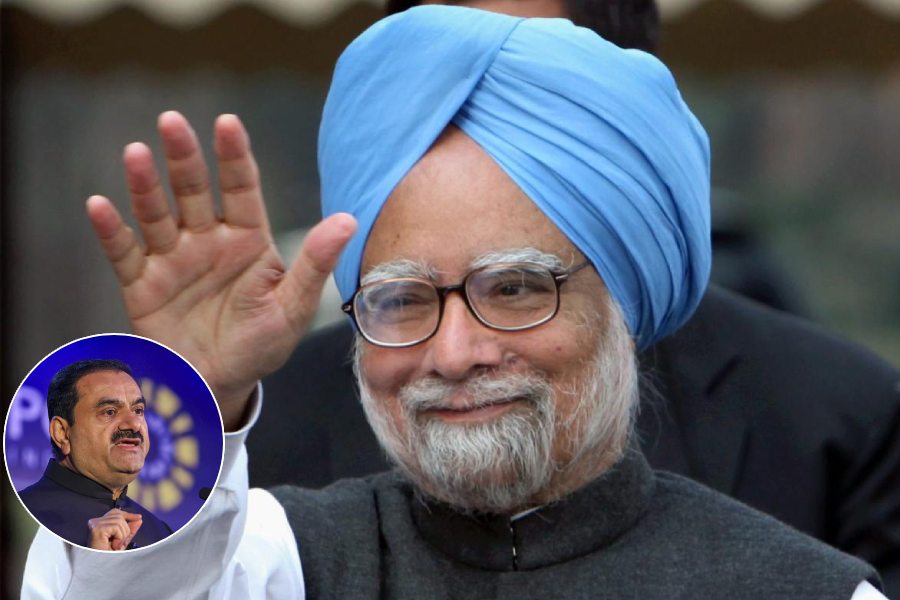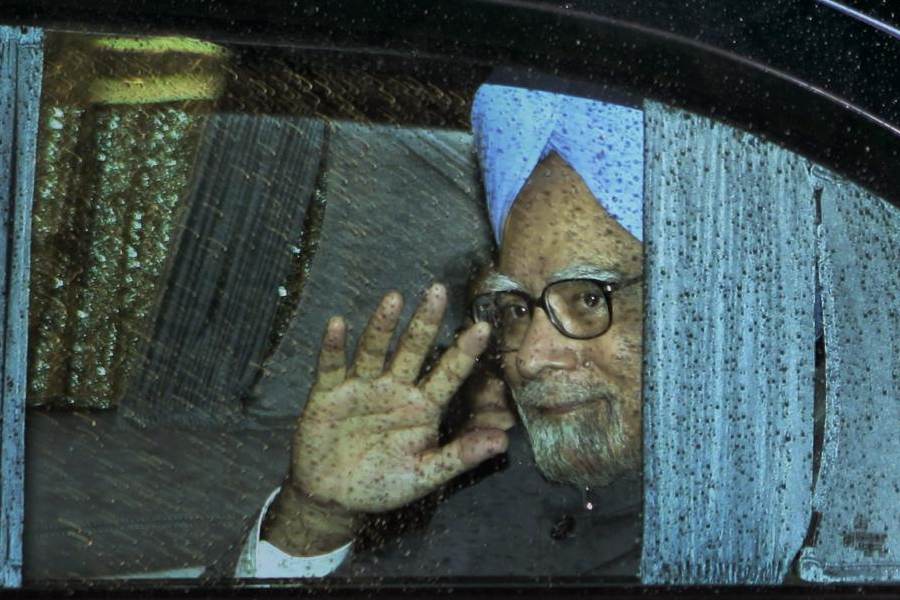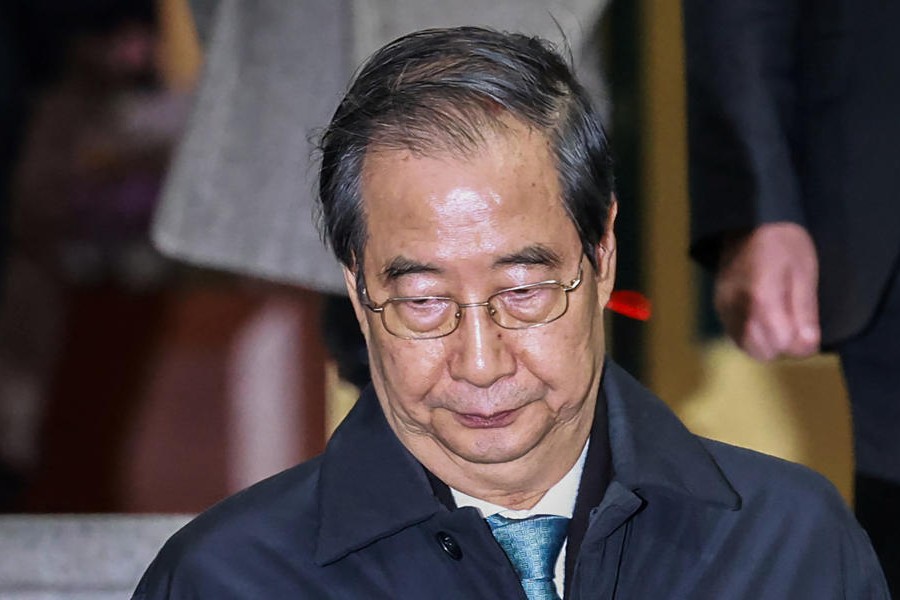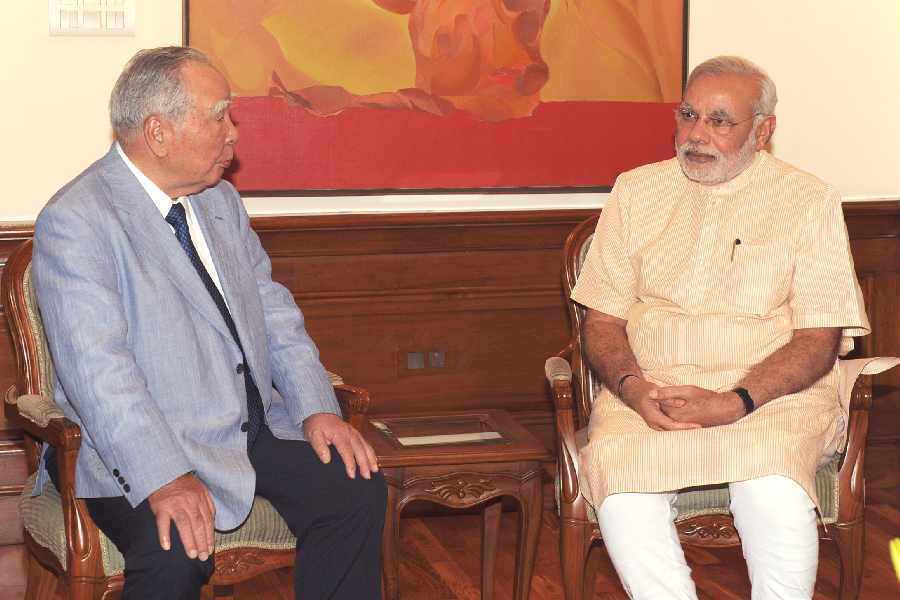The vice-chancellor of Jadavpur University raised a disturbing issue at the recent convocation. The university, which has afforded me a fulfilling workplace for thirty years, is crippled by the lack of basic funds.
The whole public university system is being dismantled by policy. Central universities enjoy a certain precarious security. State-run institutions are in dire straits. A handful — Jadavpur, Pune, Punjab, Calcutta, Anna Universities — miraculously retain high rankings, vying with IITs and other centres with exponentially greater funding. Neither official assessment nor public perception makes allowance for the grotesque imbalance in resources. We love to hate our local universities, whose failings we know best. The national standing of Calcutta University surprises Calcuttans. Jadavpur and Calcutta were India’s top state-aided universities in the latest ministry rankings. Jadavpur was fourth among all universities. First, unsurprisingly, was the cashrich Indian Institute of Science.
Not that public universities help their own cause. In appearance, procedure and public relations, they are their own worst advocates. Anyone viewing the derelict Jadavpur campus might wonder what research was possible in that dump. Yet in 2021, 29 of the world’s top 2% scientists, as identified by Stanford University, worked there. In 2022, the number rose to 42 — the highest in India outside the IITs and IISc.
A November report in The Telegraph indicates how. A Jadavpur group partnering with ISRO’s Chandrayaan project lacked equipment costing 20 lakh. They improvised an alternative from a pressure cooker. Their enterprise might prove suicidal. ISRO may switch to institutions possessing the real thing. Bureaucrats will gleefully pronounce that such atmanirbhar researchers need no funds.
In 1947, India inherited 20 public universities. The number is now around 500. The University Grants Commission was an exasperating behemoth, but it abundantly developed the public university system. The kingpin of its multi-pronged funding strategy was the now-defunct Five-Year Plan, affording fresh capital infusion. Universities placed reports of past work and fresh proposals before a visiting team. A successful exercise meant new posts, buildings, books and labs.
Aspiring departments bid for a three-tier Special Assistance Programme, again based on past records, detailed plans and annual reviews. A broader programme identified ‘universities with potential for excellence’. For individual scholars, there were major and minor research schemes. Other programmes addressed disadvantaged groups and areas.
Were the schemes properly administered? On the whole, yes, with glaring lapses but without discrediting the system. By tapping this bounty, universities with virtually zero resource base, like Jadavpur, acquired substantial infrastructure and academic standing. We could take on the world. Students from Harvard and La Sapienza spent a semester with us. Cornell and Leeds Metropolitan conducted joint courses.
Today, the University ‘Grants’ Commission is a misnomer. Such funds as Delhi still offers are dispensed directly by the ministry, chiefly through Rashtriya Uchchatar Shiksha Abhiyan. Jadavpur was among the universities sanctioned sizeable grants. The money dried up after one instalment. Projects froze. Project staff lost their jobs. Buildings remained half-finished. No lapse was alleged on the university’s part.
The ministry also offers 1,000- crore grants to ‘institutes of eminence’. Of the first ten identified, two were state-run: Jadavpur, and Anna University in Tamil Nadu. The ministry then sprang a shock: the state must pledge 40% of the funds. The impasse remains unresolved.
No scheme, past or current, was a routine handout: the extra resources rewarded extra enterprise. Several buildings on the Jadavpur campus, with most of the infrastructure and equipment, were ‘earned’ by faculty going far beyond their job description, virtually never for personal compensation.
What they did enjoy was freedom of operation. Jadavpur’s interdisciplinary schools provide an outstanding illustration. They are voluntary consortiums of faculty members on top of their full-time departmental work. Some schools receive 1 lakh a year from the university, others nothing; but they can freely forage for funds, thereby gathering crores every year. My own school, concerned with texts and archives, sometimes garnered a crore for every lakh from the university; technological schools earn much greater sums.
This should have pleased today’s Corporate Lite administrators had they any notion how successful public universities functioned. Instead, they embarked on a power orgy, slashing grants and clamping down on university management. Obtaining external funding, especially from abroad, is now a gruelling obstacle course: potential collaborations fall through as a result. Research fields are pre-set. Conference papers are vetted in advance. Inviting visiting scholars is a perilous business, with dire consequences for politically wrong choices.
State governments are equally authoritarian. In Bengal, council meetings need government clearance. Deans of faculties are selected by the state. Incredibly, many universities are functioning without statutes. Most states have vandalized the system in comparable ways. Universities now function like government departments — precisely what they were designed to avoid. The damage will mount if notionally apolitical governors (however they betrayed their role) are replaced as chancellors by chief ministers.
In sum, public universities have been robbed both of resources and of the means to acquire them. This has shattered their morale, which in turn has subverted teacher-student relations. While universities control their own affairs, student unrest can be tackled through underlying checks and balances. Once that control is lost, the unrest becomes uncontainable. This is happening just now on several Calcutta campuses where the government has unilaterally suspended student elections.
The plight of public universities leaves the privileged classes unmoved: they are turning to a new generation of private foundations, of which only a handful as yet meet any rigorous criteria. The same might be said of public universities; but given the realities of our vernacular schooling system and the economic condition of the masses, private universities cannot possibly acquire the critical mass to be chief knowledge providers to an India-sized population.
Meaningful higher education is already eluding the reach of even the moderately affluent. As the Ukraine war revealed, our children are fleeing abroad for affordable medical education. How many would pay in seven figures for a science or humanities degree? Priming the public system with a little more money might prove a good investment for the nation.
Sukanta Chaudhuri is Professor Emeritus, Jadavpur University











